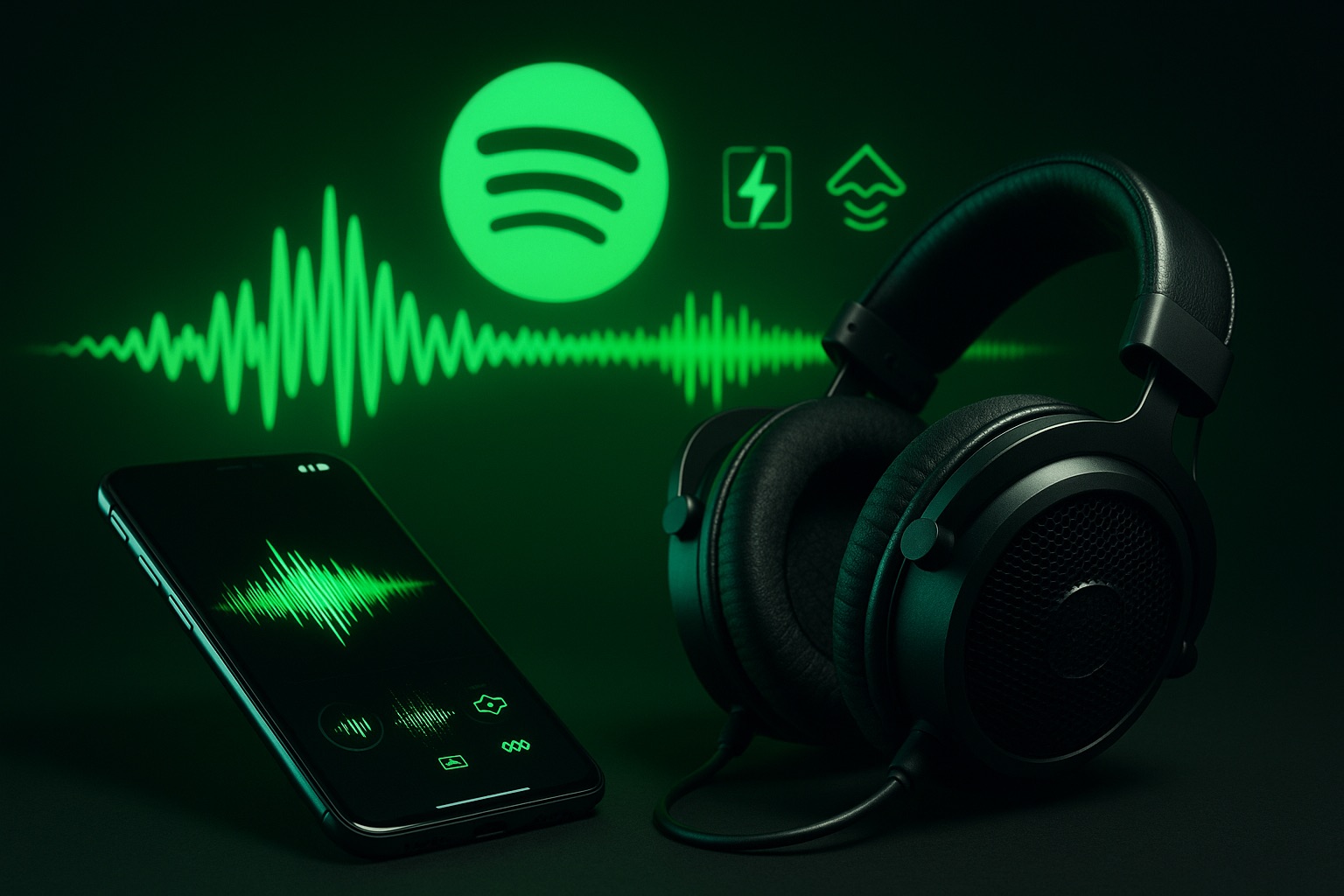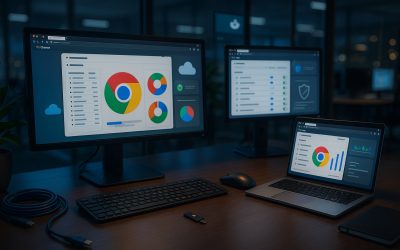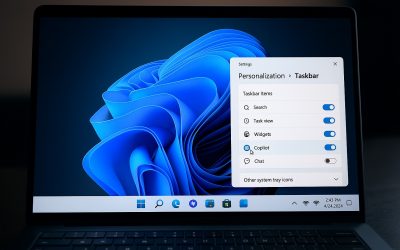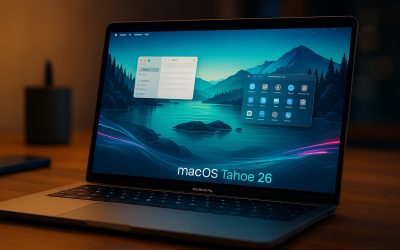After years of promises, delays, and “we’re working on it” updates, Spotify is finally rolling out lossless music streaming to premium subscribers. If you’re wondering what took them so long and whether it’s worth the wait, let’s break down everything you need to know.
What Exactly Is Lossless Streaming?
Think of regular music streaming like a JPEG photo – it’s compressed to save space, but you lose some of the original quality in the process. Lossless streaming is more like having the original high-resolution photo file. Every detail that was in the original recording stays intact.
Spotify’s new lossless support delivers music in 24-bit/44.1 kHz FLAC format, which is essentially CD-quality audio without any compression. For most people, this means richer bass, clearer highs, and more detailed sound across the entire frequency range.
The Long, Winding Road to High-Quality Audio
Spotify first teased this feature back in 2021 with something called “Spotify HiFi.” But unlike a typical product delay, this wasn’t just about engineering challenges. The company faced significant licensing issues with record labels, which CEO Daniel Ek hinted at in 2022.
Meanwhile, competitors weren’t sitting around waiting. Apple Music launched lossless streaming in 2021 at no extra cost, and Amazon Music made their HD tier free after originally charging extra for it. Spotify found themselves in the awkward position of being late to a party they helped create demand for.
How to Actually Get Lossless Quality
Here’s the practical stuff you need to know:
Current Availability: The feature is rolling out through October 2025 to over 50 countries. If you’re in Australia, Austria, Czechia, Denmark, Germany, Japan, New Zealand, the Netherlands, Portugal, Sweden, the US, or the UK, you might already have access.
Setting It Up:
- Wait for a notification in your Spotify app
- Go to Settings and Privacy > Media Quality
- Select “Lossless” for Wi-Fi, cellular, and downloads
- Repeat this process for each device you use
That last point is important – the setting doesn’t sync across devices automatically, so you’ll need to enable it on your phone, computer, smart speakers, etc.
The Reality Check: What You Actually Need
Before you get too excited, there are some practical limitations worth understanding:
Bluetooth Won’t Cut It: Those expensive wireless headphones you love? They can’t handle lossless streaming over Bluetooth due to bandwidth restrictions. Apple ran into this same issue with AirPods, and it’s a fundamental limitation of current Bluetooth technology.
Wi-Fi Is Your Friend: For true lossless quality, you’ll need a wired connection or Wi-Fi. Spotify Connect works with devices from companies like Bose, Yamaha, and Bluesound to stream high-quality audio over your home network.
Data Usage Matters: Lossless files are significantly larger than compressed audio. Spotify will track your data usage so you can see how much extra bandwidth you’re consuming, which is especially important if you have cellular data limits.
What About Your Music Library?
Spotify claims this upgrade covers “nearly every track” in their 100-million-song library. That’s impressive coverage, but the “nearly” suggests some tracks might not get the lossless treatment, likely due to licensing agreements or source material limitations.
How This Stacks Up Against the Competition
Let’s be honest – Spotify is embarrassingly late to this game. Apple Music has offered lossless streaming since 2021 without charging extra, and Amazon Music made their HD tier free around the same time.
What makes Spotify’s delay more frustrating is that they had the user base and infrastructure to potentially lead this trend instead of following it. The good news? Better late than never, and Spotify’s implementation seems thoughtful rather than rushed.
Who Benefits Most from Lossless Audio?
Audiophiles and Music Professionals: If you can hear the difference between a 320kbps MP3 and CD-quality audio, this upgrade is a game-changer.
Home Audio Enthusiasts: People with high-end speakers or headphones connected via Wi-Fi or wired connections will appreciate the improved sound quality.
Musicians and Producers: Anyone who works with audio professionally will benefit from hearing music as close to the original recording as possible.
Curious Music Lovers: Even if you’re not sure you can hear the difference, it’s worth trying with your favorite tracks to see if lossless streaming enhances your listening experience.
So… Was It Worth the Wait?
Look, I’m genuinely happy this finally happened. As someone who’s been switching between Spotify and Apple Music for years (mostly staying with Spotify because, let’s face it, their playlists just hit different), this feels like they finally caught up to where they should have been ages ago.
The rollout actually seems thoughtful rather than rushed, which is refreshing. They’re tracking data usage, being upfront about Bluetooth limitations, and not making wild promises about overnight transformations to your music experience.
Will most people notice the difference? Honestly? Probably not immediately. But if you’ve got decent headphones and take a moment to really listen, you might find yourself rediscovering albums you thought you knew inside and out.
My take: It’s about time. Spotify kept their users waiting while everyone else moved ahead, but they seem to have done their homework on the actual implementation. If you’re already deep in the Spotify ecosystem (and who isn’t?), this is a solid reason to stay put instead of jumping ship for better audio quality.




Post a comment